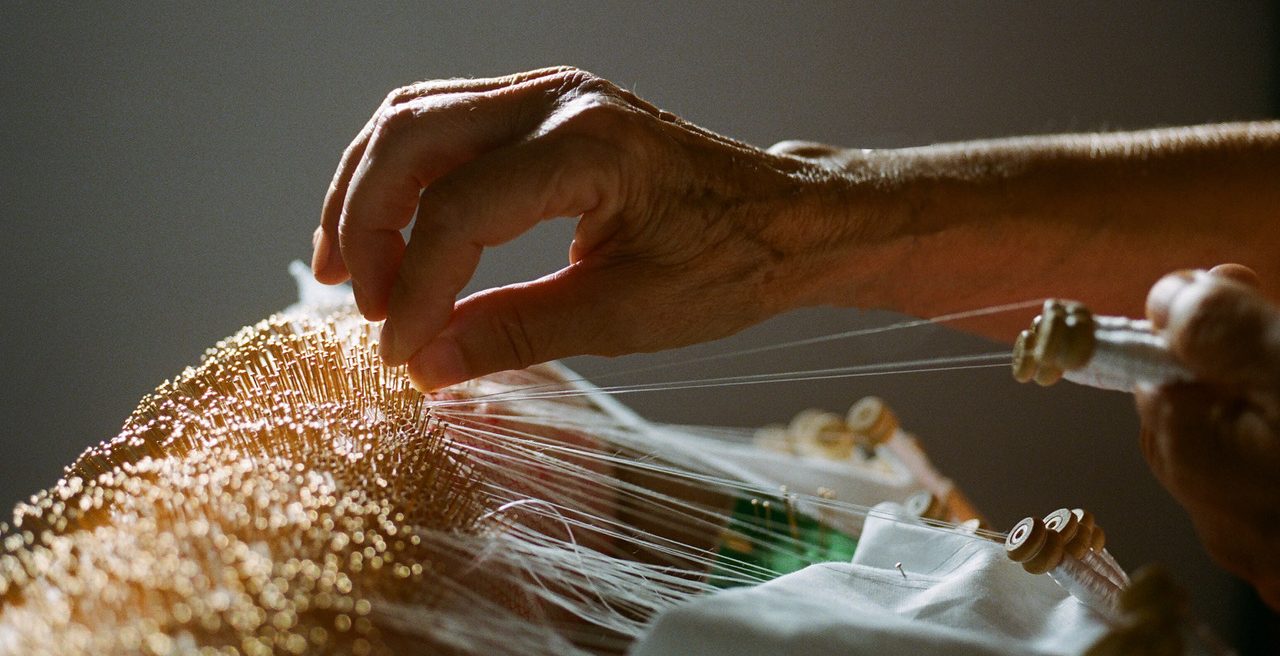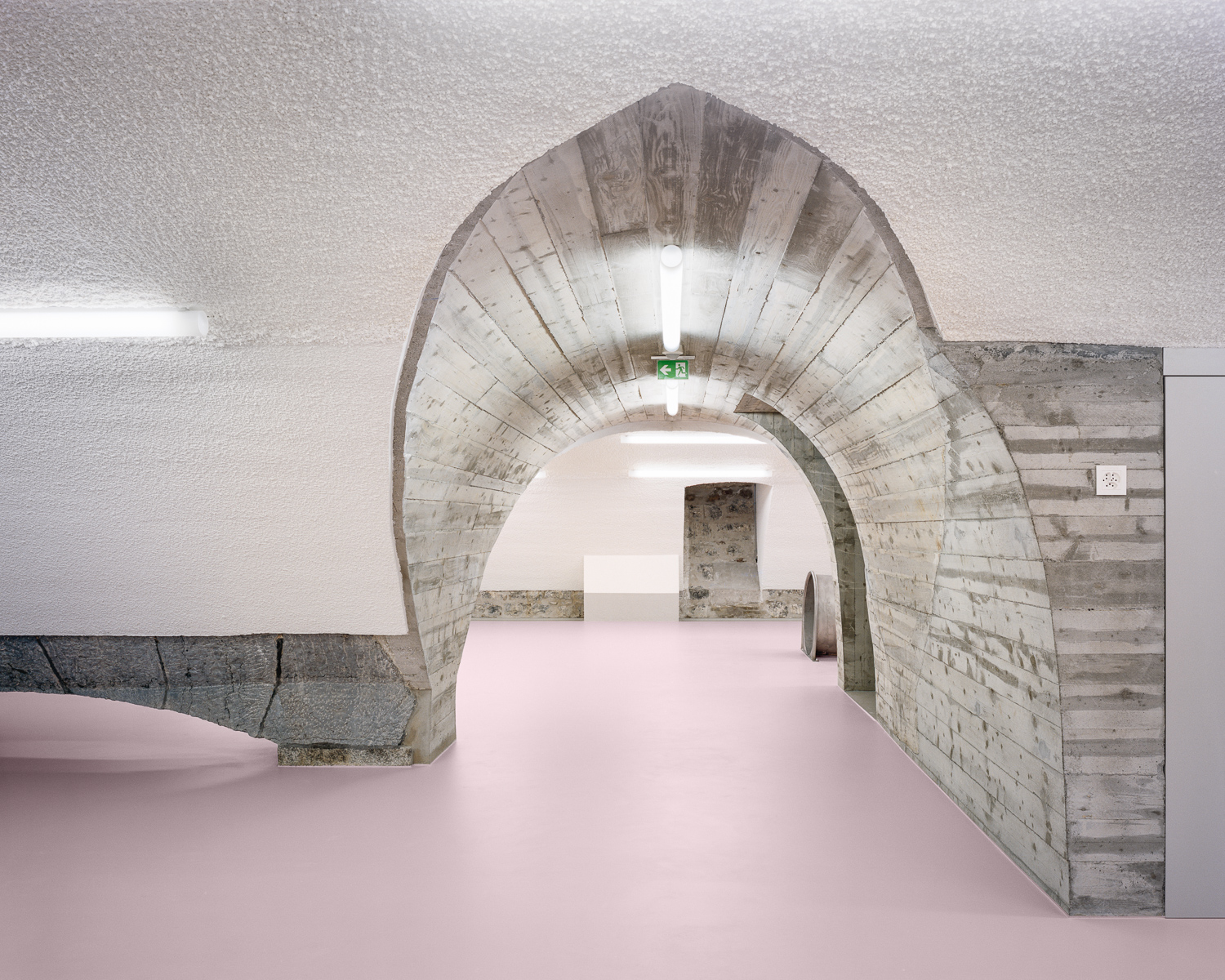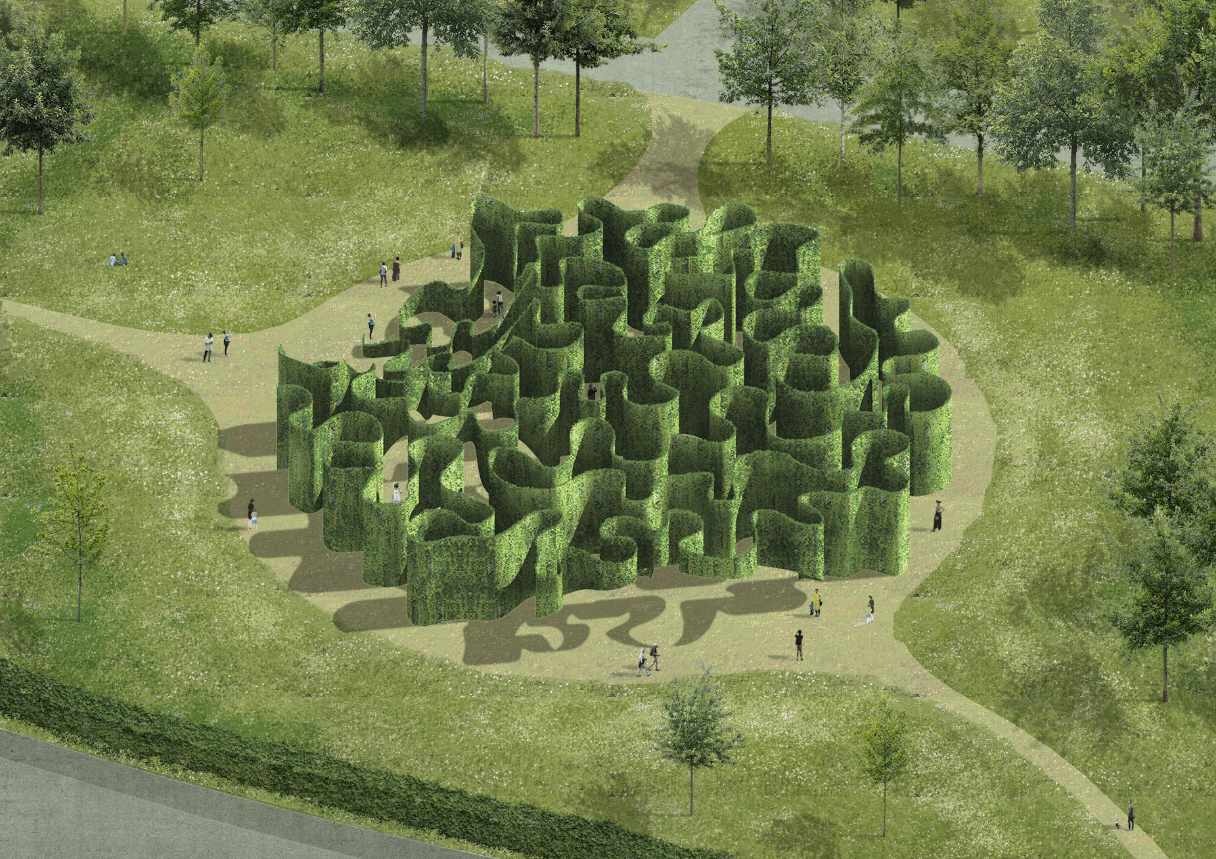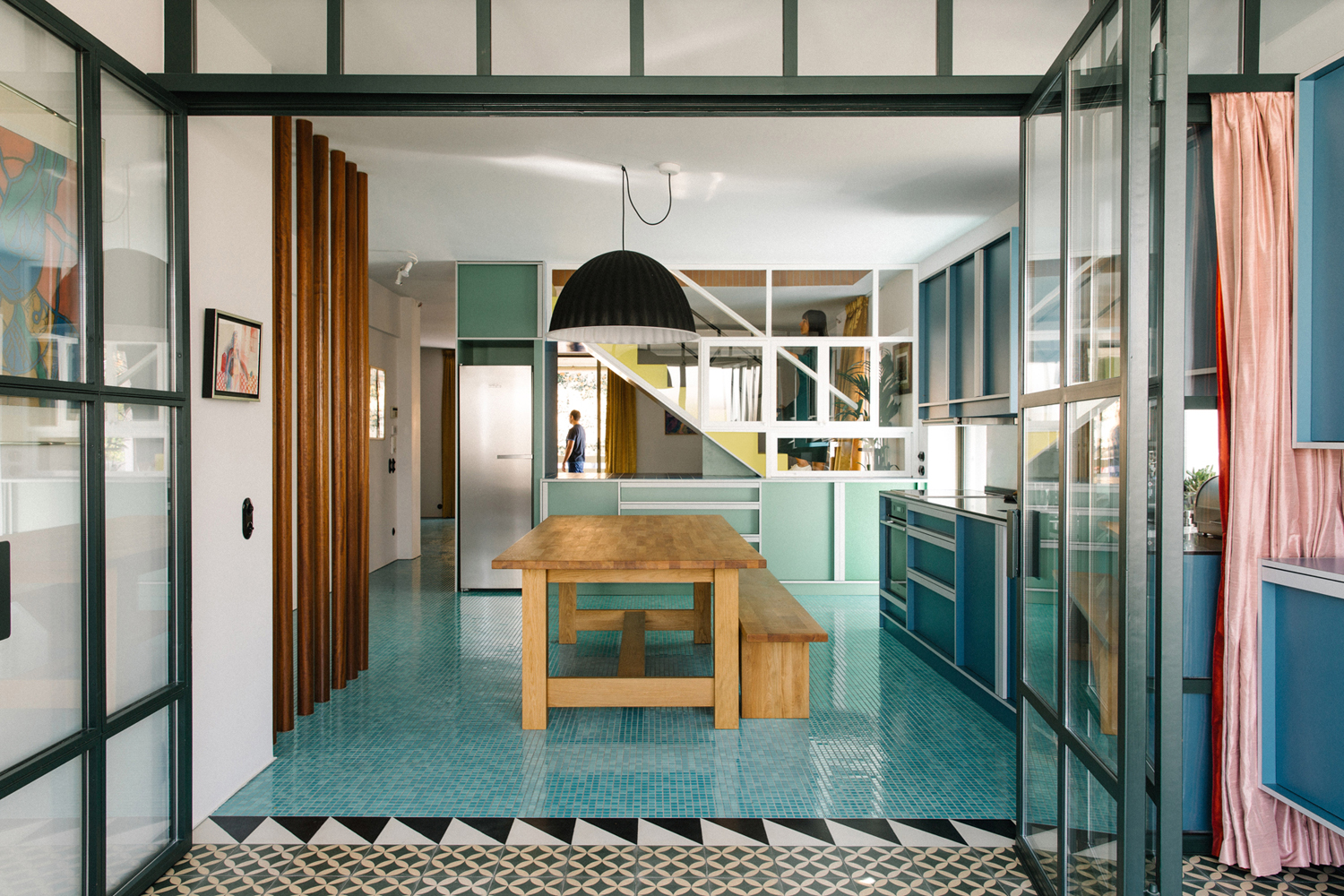From Lace to Design: UMT Chair
Lluís Alexandre Casanovas Blanco, an architect, curator, and scholar based in Madrid and New York, investigates traditional craft techniques and involvement of women, queer individuals and other long-neglected minorities in design and architecture. Together with his mother, María Luisa Blanco, they created a chair using bobbin lace made of high-strength fiber Dynemaa®, a material commonly used for military purposes.
The UMT Chair was thought of as a piece of furniture and as a historical investigation of the politics of traditional weaving techniques in Spain. The name UMT, acronym for “Universal Military Training” also refers to the phrase “Una Mirada Tranquila” (A Quiet Look), used in a fascist magazine for women published during the Francoist dictatorship (1939-1975).
It took María Luisa Blanco three years to create the lace for the backrest and seat of the chair, a skill she had to learn in the 1960s, as part of the compulsory training for female schoolteachers. Using the most characteristic types of bobbin lace stiches such as the “half moon,” the “little fish,” the “three-legged spider,” and “Ulrike’s star”, the chair is made of high-strength fiber Dynemaa®, one of the world’s strongest textiles, commonly used for military or scientific purposes. The back of the chair is left unfinished, as a “technical archive” to showcase the manufacturing process. The weaving cushion, gold-plated needles and wooden bobbins become integrated elements of the design.
Bobbin lace, often considered “ornamental” and “superfluous” in architectural production and limited to tablecloths and curtains, became the main structure of an essential element in the history of design: the chair.
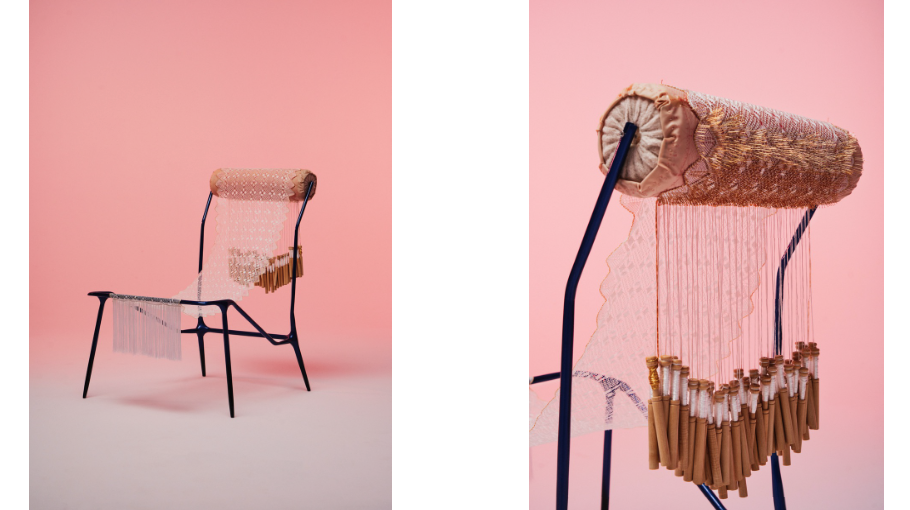
What were the main challenges in the realisation of this project?
Lluís Alexandre Casanovas Blanco : The main challenges in the realization of this project were, on the one hand, the extensive labor the back and seat’s lacemaking demanded, and, on the other hand, the uncertainty on whether the structure of the chair was going to be resistant enough to adequately perform its function. While at the very beginning we estimated the amount of time the prototype would require, the use of the high-strength fiber Dynemaa® instead of the traditional cotton yarn brought a number of handicaps that we could not anticipate. At the end, the chair proved stable enough, but further progressions of the prototype would require strengthening its structure in order to improve its resistance.
What are your upcoming projects? How could this collaborative research with your mother be continued?
Lluís Alexandre Casanovas Blanco : I am currently working on a cultural space for teenagers and a public space in Madrid together with architect Lys Villalba. In both these projects, textiles play an important role in constructing the spaces, requiring at the same time to rehearse new constructive details incorporating fabrics and weaving. We are working on a new prototype with my mother, but those are still in a very early phase.
Will this technique be used in other projects, for example in architecture?
Lluís Alexandre Casanovas Blanco : To me, architectural research, whether or not it can be immediately applied, has always been useful in the long run. Most of my previous projects include some degree of technical and material experimentation, usually tied to the use of fabrics: Auto Sacramental Invisible had a digitally weaved tapestry; in the Real Estate Boom House, we produced a latex curtain out of a pealed wall; in Exedra, we adapted the weaving techniques of the Mexican Acapulco chair to larger portable steps. What we learned in UMT will most probably be applied in another project, but it is soon yet to say.
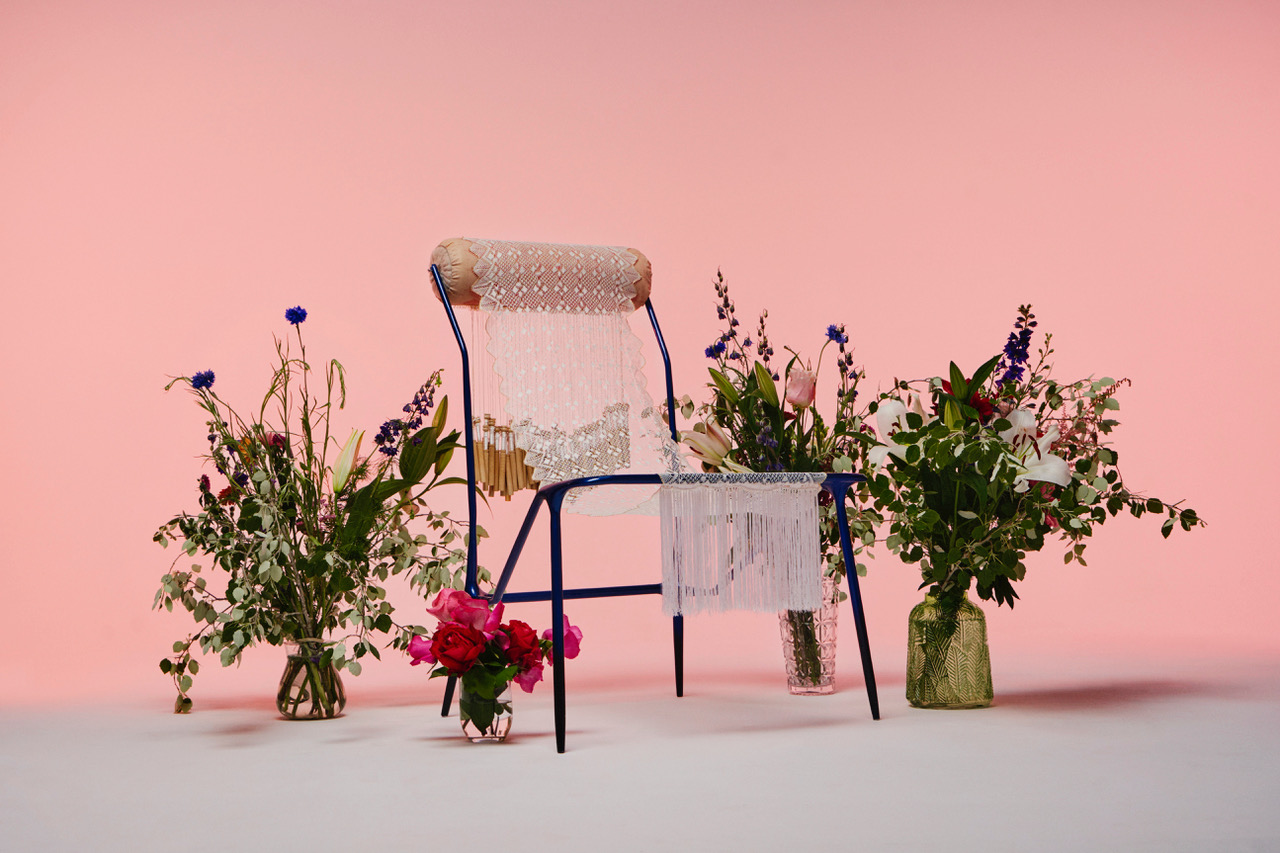
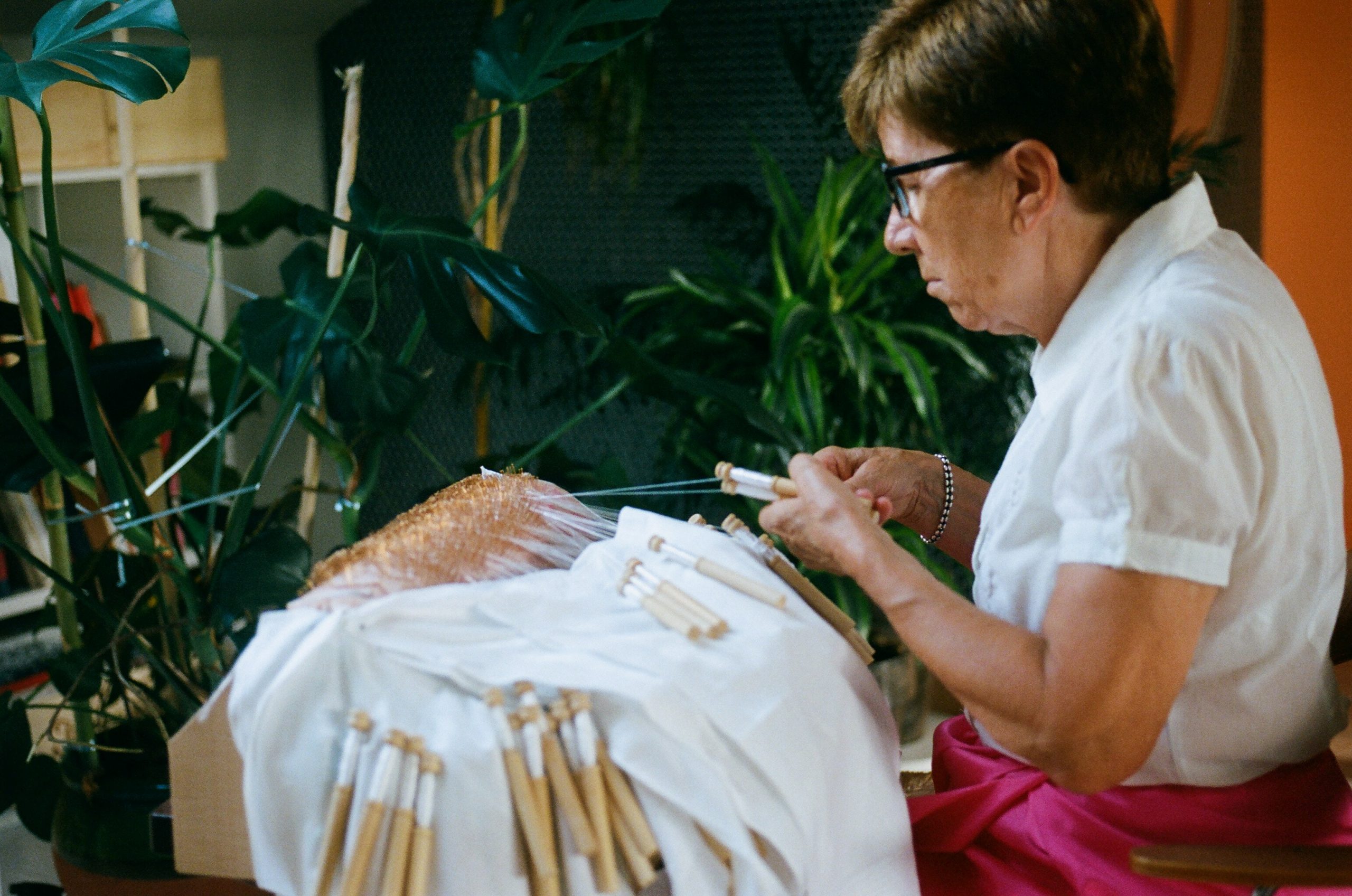
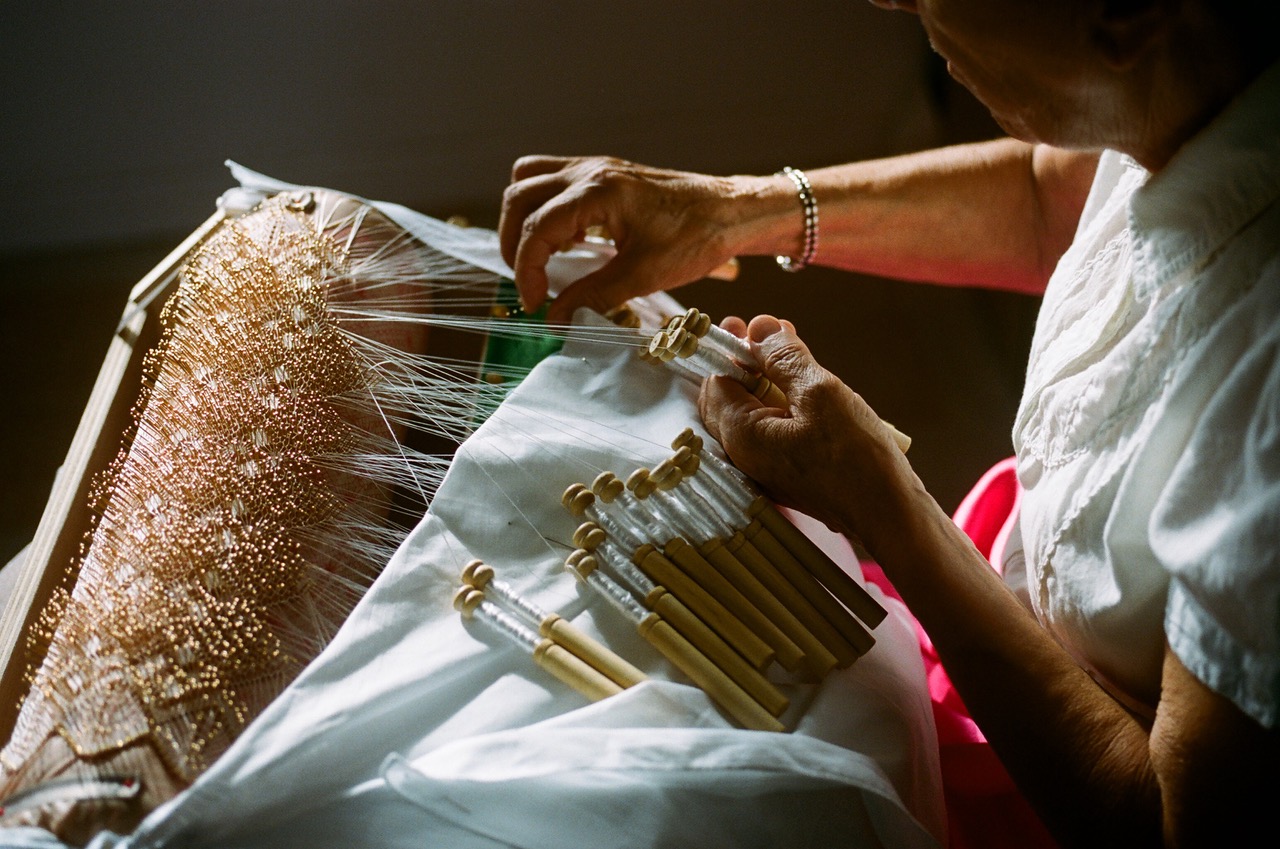
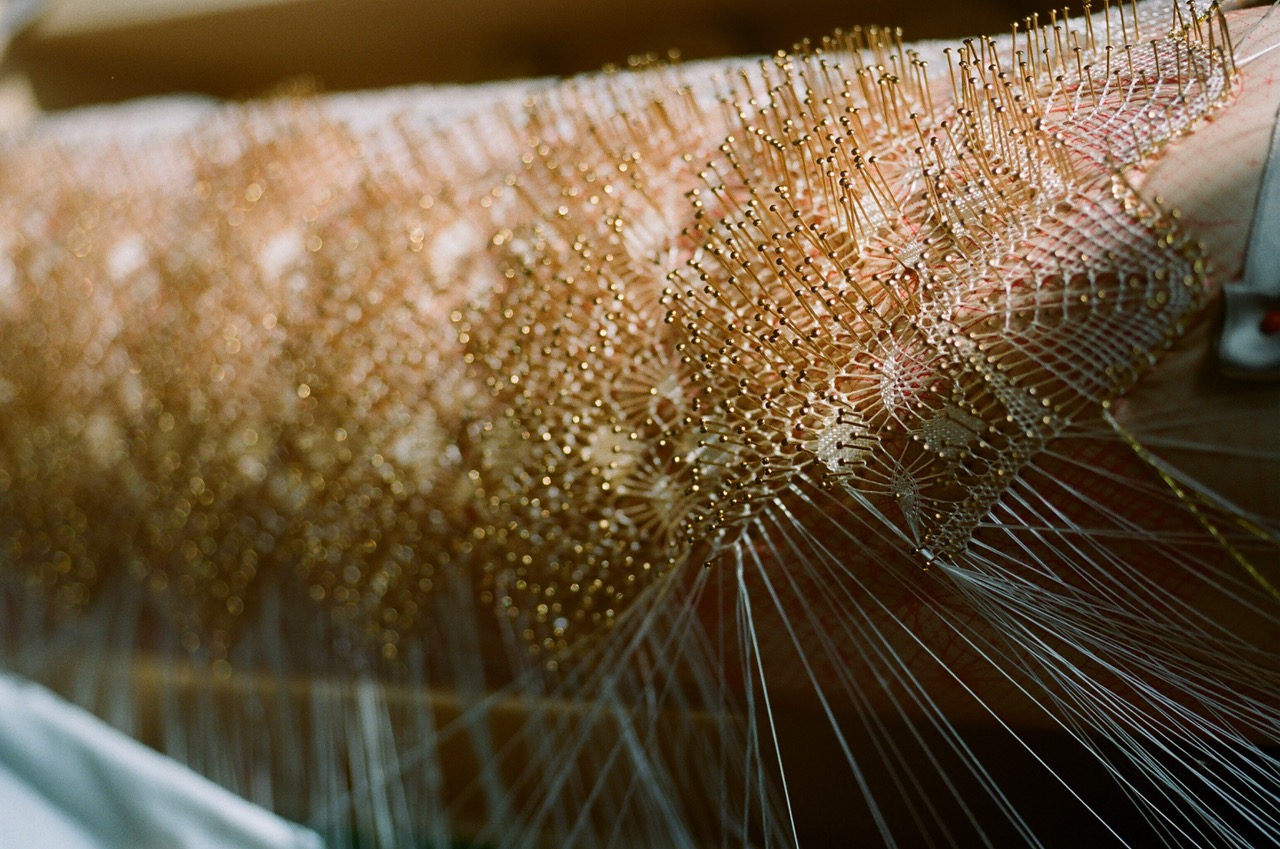
UMT Project
Designers: María Luisa Blanco Estébanez, Lluís Alexandre Casanovas Blanco
Bobbin Lacemaking: María Luisa Blanco Estébanez
Prototypes: Estudio Miguel Montoya
Carpentry: Kiwood Furniture
Collaborators: Irene Domínguez, Luis Lecea, Matteo Caro

